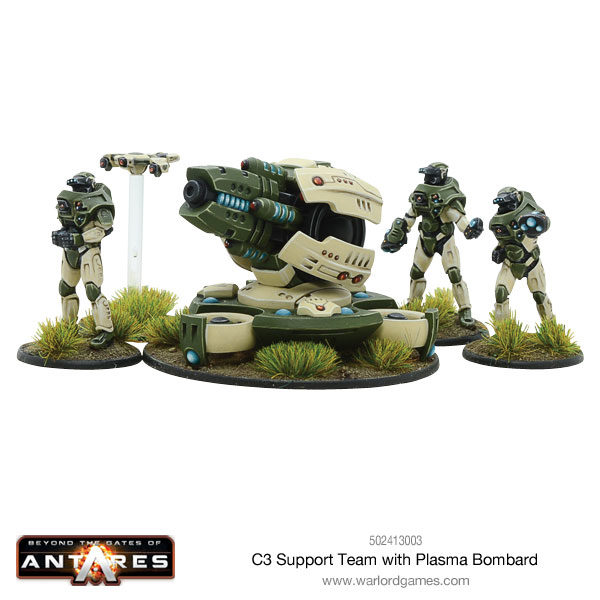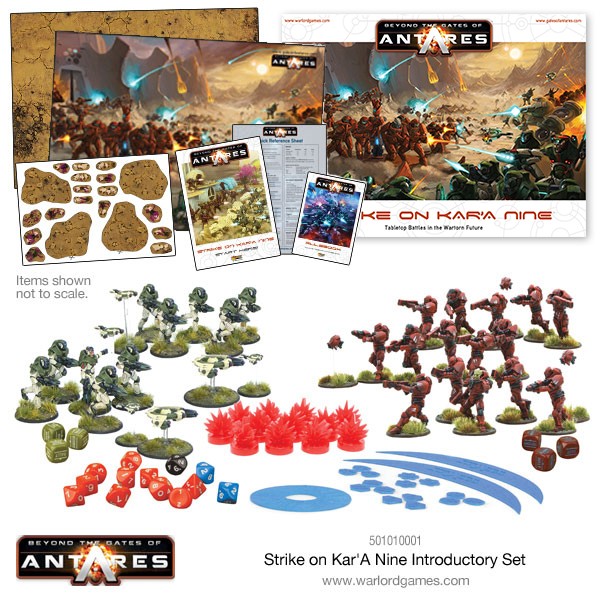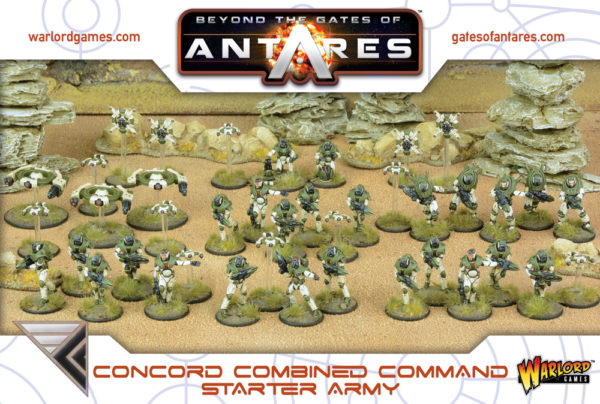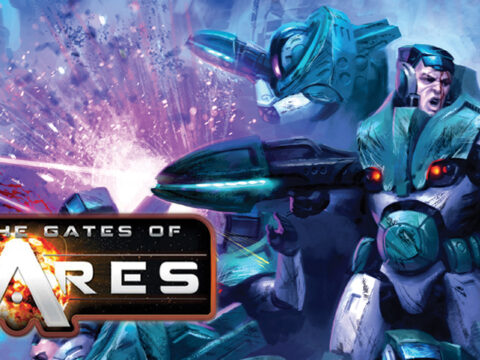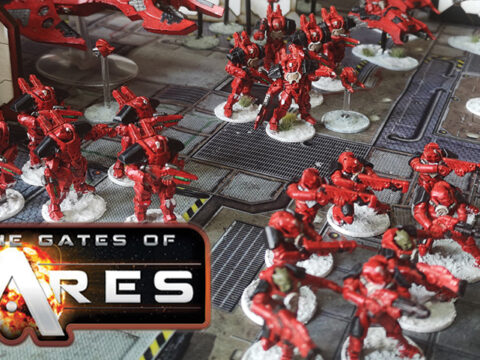Antares builder Tim Bancroft has been taking a detailed look at the plasma bombard and reveals his findings:
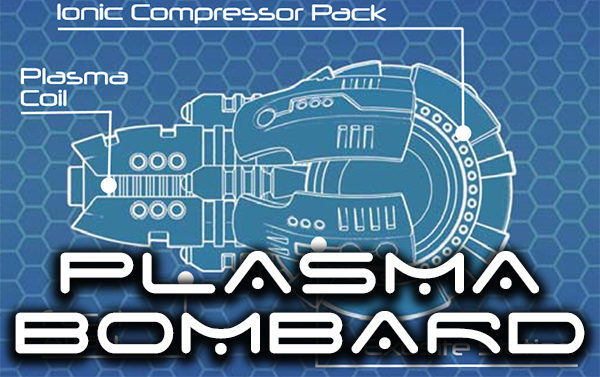
by Tim Bancroft
There’s a host of strategic options coming out now for the Antares factions. Amongst the latest is the plasma bombard for the Concord Combined Command, extending the C3’s existing range of strategic options consisting of the X-howitzer, the M4 tank-drone and the incredibly useful T7 transport. When you consider the plasma cannon on the vehicles, medium drones and support squads, the plasma bombard tops off an array of direct-fire options that makes the Concord a ranged force to be reckoned with.
But how does the plasma bombard fit onto the table? What makes it different? How can it be most effectively used? To answer these sort of questions we’ll first need to glance over its basic stats.
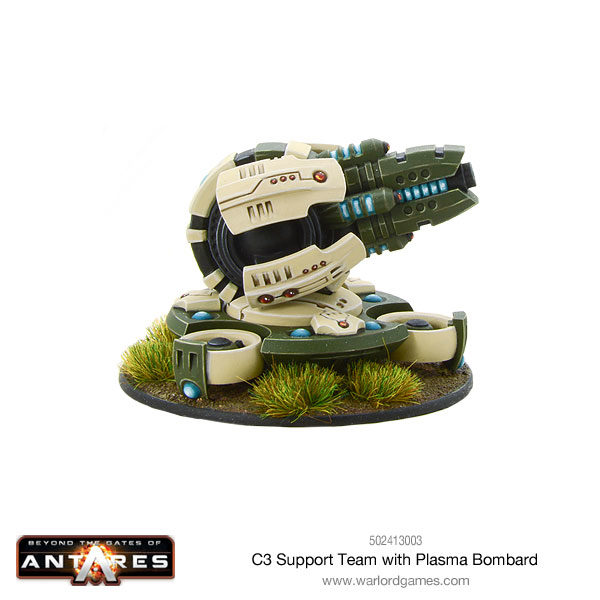
The plasma bombard is a heavy weapon and subject to the rules for such weapons on page 80 in the Antares rulebook. A Fire action is needed to shoot the bombard – it cannot shoot on an Advance – and it gains no Acc bonus for using the Fire order. Like other heavy weapons, the bombard needs more crew and is not as nimble as light support weapons such as the plasma cannon.
Plasma Bombard
Special: Heavy, Slow
| Range | |||||
| Type of Weapon: | Effective | Long | Extreme | Strike Value | Special |
| Plasma Bombard | 50 | 100 | 200 | 7 | Plasma Fade |
These constraints are not surprising as the lighter plasma cannon is a medium anti-‘tank’ gun, whilst the bombard is a heavy anti-‘tank’ weapon. The plasma bombard has a longer range than the plasma cannon, a strike value of 7 compared with its cousin’s SV 6 but both will occasionally suffer from plasma fade. The question in a sceptic’s mind is simply whether the constraints, range and SV are really worth the extra points.
The answer is a surprisingly emphatic ‘yes’, though such a conclusion may not, at first, seem obvious.
To start with, like other heavy weapons, the bombard is Large, which means it can shoot over the heads of normal sized troops in between it and the target. Whilst the natural targets for the bombard are easily seen, typically also being Large, the advantage for the bombard is that it can ignore its own infantry screen to take out predatory skimmers or attacking infantry. Here, like its smaller cousin, the bombard is surprisingly effective against infantry squads when a pin and a casualty is needed – its SV really affects those Res saves!
This brings us to a surprisingly subtle difference between the plasma cannon and the bombard. Both the mag cannon and plasma cannon are useful against the plentiful M4 and T7 drones, but have limited effectiveness versus heavy tanks such as the Bastion. The plasma cannon, for example, takes a heavy tank’s Res from 15 down to 9, ensuring a pin on a hit but not really affecting the tank’s save compared with a mag cannon. Whilst the plasma bombard might appear to only bring the save down by just one more, it’s actually the inverse stat we need to look at: the bombard doubles the chance of damaging a heavy vehicle. This simple statistic can really add up in the short span of a game and, of course, the bombard is still useful against Ghar suits and the medium vehicles such as the M400 drones and Liberator.
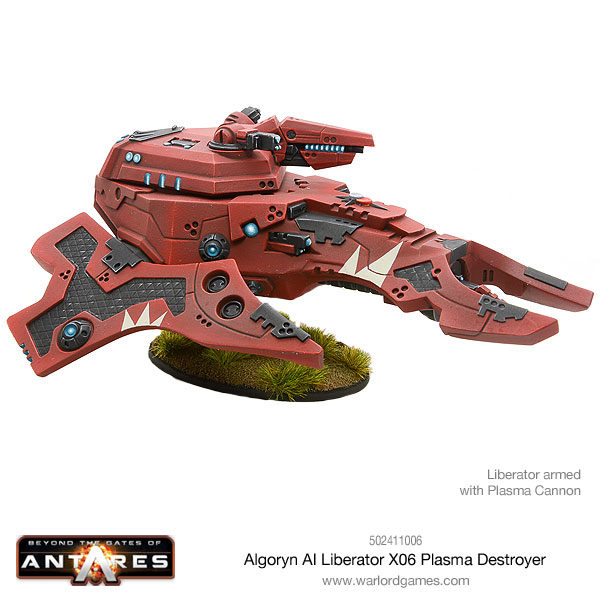
The plasma bombard also has a rather sneaky, but significant, advantage against opponents taking shelter inside buildings. Because it is a heavy weapon, it shoots at a building and not at the occupying troops. This means it does not suffer the normal penalty for shooting at units within a building. Further, unlike the plasma and mag cannons, the bombard’s hit both damages the building and randomly damages a unit taking shelter inside (see page 62)! Further, a normal building block can only take three hits from the plasma bombard before being ruined and destroying occupiers as it collapses.
Even the heavy mag cannon needs four turns to cause such damage and the compression bombard has to be in long range to achieve the same effect. Only the Boromite’s heavy frag borer is as effective against buildings, but has to be much closer: the plasma bombard has over three times the borer’s range.
Of course, opponents may try to flee before the building comes down, in which case a nearby light support drone or strike team can deal with the fleeing occupants. But even when such close support is unavailable, the bombard’s impressive range means that almost anything fleeing the building and still in line of sight is a potential target.
This highlights yet another advantage: there is no escape from the plasma bombard other than to hide. Simply put, the bombard’s effective range is longer than the plasma cannon’s long range. When used on bigger tables and in higher-point games, this incredible reach makes it a highly effective counter to combat drones, skimmers and crawlers. Further, in armour-heavy, long-range games, the low cost of a bombard weapon team really opens up the C3’s options.
All this means that a carefully positioned bombard commands the table and its range, power and resilience means an opponent has to think twice before moving their expensive Bastion, Kahloc or Crawler into its sights. The plasma bombard is a multi-purpose, hard-hitting, long range weapon that adds a surprisingly cheap and effective set of options to the Concord commander’s toolkit. Any opponent resisting the helpful embrace of the IMTel quickly learns to respect the bombard’s capabilities.
I think I’ll take two…
Open Fire!
